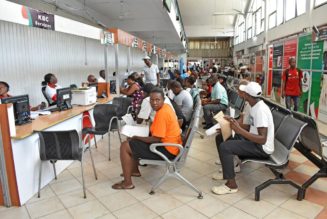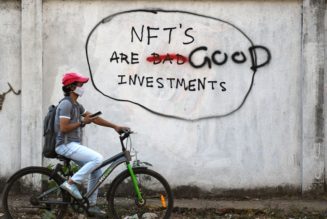
Fertilizer imports. The government is still grappling with the high cost of fertilisers. FILE PHOTO | NMG
Vision 2030 aims to transform Kenya into a newly industrialising, middle-income country providing a high quality of life to all its citizens by the end of the decade. It is premised on three pillars, namely, the economic pillar, social pillar, and the political pillar.
While progress has been made in some areas, the real gross domestic product (GDP) has averaged 4.5 percent between 2008 and 2022. This is far below the target annual 10 percent GDP growth rate.
Under the economic pillar, Vision 2030 settled for six priority sectors -tourism, agriculture and livestock, wholesale & retail, trade, manufacturing, financial services, business process offshoring and IT-enabled services- were deemed to be central.
Under agriculture, the key strategic interventions include fertiliser cost reduction to address issues of access and affordability of the input. Additionally, substantial acreage in arid and semi-arid areas such as Turkana and Tana Delta were also supposed to be put under irrigation.
The manufacturing sector set out several strategic initiatives including the establishment of special economic zones. These were meant to among others, attract both local and foreign investments; expand and diversify the production of goods and services for domestic and export markets; promote value addition and promote local entrepreneurship through SMEs.
In relation to business process outsourcing the government was to set up a BPO Incentive Framework to improve the attractiveness of Kenya as a BPO destination and to encourage investments in this field.
What are the successes and the gaps and most importantly, what must we do to hit the ambitious targets?
The government is still grappling with the high cost of fertilisers with the current administration having had to subsidise the cost to increase access to fertilisers by farmers.
A legislative framework that provides a wide range of incentives to encourage the setup and operation of SEZs was enacted by the government. This has led to the development of several public and private SEZ’s in different regions within the country.
This has been a key driver of foreign direct investment with many organisations setting up their operations in these SEZs and many more in the process of setting up operations. This is indeed a successful initiative as set out in Vision 2030.
In relation to expanding areas under irrigation is arid areas, Galana Kulalu was touted as a key national project in transforming the country into a food-self-sufficient nation. The success of the project has however been hampered by challenges which have dimmed the otherwise noble objectives of the project.
The government had set out skills development for technical human resources and targeted training programmes for operators within BPOs.
While these are noble initiatives it is notable that Kenya already has high literacy levels and there is skilled manpower across most economic spheres. Such initiatives should thus be left upto the private sector with the Government only providing an enabling environment.
By and large, the government should review and re-align the aspirations of the country as set out in Vision 2030 with the current economic realities. The review and realignment should incorporate the private sector among other critical players to ensure that it takes into consideration the wider public.
Robert Maina is an Associate Director at Ernst & Young LLP (EY). The views expressed herein are not necessarily those of EY.









